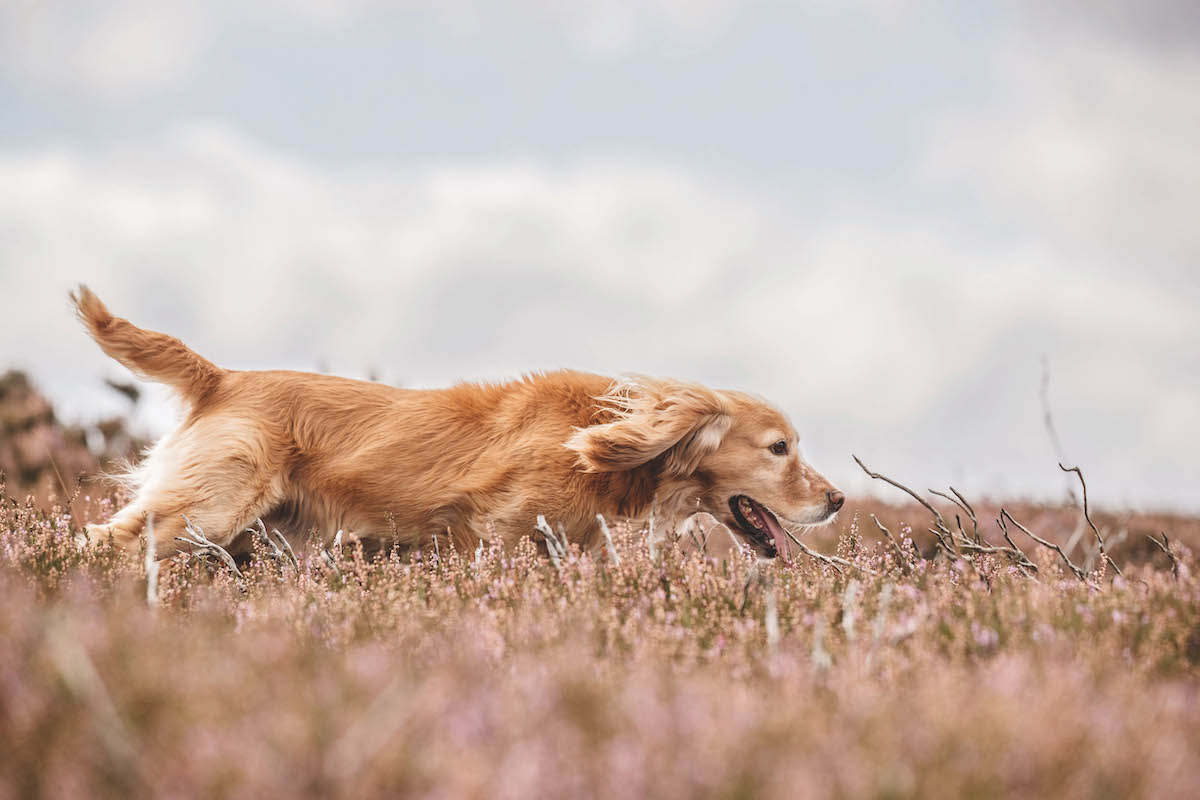How gundog breeding has evolved over the years
Man’s best friend has always been at our side over the years, but Lindsay Waddell investigates how breeding priorities have changed
Our four-legged friends have been with us a long time, and it’s a pretty good guess that they have been used to help us acquire food for longer than we know — and we know they’ve been used for hunting for thousands of years. Like everything else though, the speed of change has accelerated in recent times, and the use we now have for our dogs, or that some of us have at any rate, has also changed.
Cast your eye over the typical painting from the 1800s of the hunter accompanied by his faithful dogs and the bag for the day laid around them. His faithful dogs bear little resemblance to those of today, in size, colour or shape. Indeed, the hunter himself may well have been a servant as it was they who were tasked with supplying the master with his game, unless of course it was a result of a hunt with hounds.

Shooting over HPR breeds is truly something special, connecting man with animal instincts
Gradual alterations
Change, though, has not been sudden — anything but. Many of the changes in how we acquired our game, and indeed sport shooting in general, were quite gradual.
Shooting the smaller game species changed when the breechloading shotgun and self-contained cartridge were developed. The days of walking with a dog or two for the odd head of whatever could be shot with a muzzle-loader were over, but not the walking-up part of it, as for a time it became even more fashionable.
As the railways were driven through the heart of the Highlands, sportsmen arrived and grouse moors were taken up by those with kennels of pointers. Pointers were used throughout the country, but it was out on the open hill where they really came into their own and for 50 years or so pointers were an integral part of grouse shooting.
The pointer does still play its part and devotees run their dogs for woodcock, snipe and grouse to this day. It is an element of shooting that is hard to beat, watching a dog quarter the ground before instantly stopping as the scent hits its nose. There is something about it, that connection with animal instincts, that is difficult to remove from some of us.

Pointers were once much more popular than they are currently
Different attributes
Down in warmer climes in the lowlands, driven shooting was in its ascendancy, and with that came the desire for if not new, different attributes in a dog: good hunting ability, a good mouth, and above all suitability to being trained. Spaniels, flatcoats, retrievers and labradors all came into the sporting scene, and in the early days it was very often the case of mix and hope, with crosses being common.
In the shooting field the massed ranks of pickers were simply not there. The odd one yes, but bags were not as they are now, or at least for the majority they weren’t. I recall many days of around 100 head with one picker but, then as now, some Guns had their own dog and wished to pick their own birds.
It was the case that at the end of the drive, those with dogs in the beating line simply helped pick up for Guns who had no dog of their own, but it was a more leisurely time in the shooting field; no pressure to rush to the next drive or eat elevenses. It’s the case on many of the commercial shoots that the Gun simply shoots; he never gives a thought to what’s picked or by whom, and the birds are gathered as soon as they land. But back to the dogs.

Golden retrievers grew in popularity as gamekeepers looked for dual-purpose gundogs that could also guard game
The gamekeepers of a certain era were looking for dual-purpose companions. It was a dangerous time for those who guarded game and there were areas of the country where a guard dog was perhaps not essential but advisable. The golden retriever was one such dog with an inbuilt gene that gave it a tendency to care for its master — and if that meant attacking a poacher, then so be it. Some of the breeds today still carry that, along with some German pointers and others that may still have that blood in them to this very day.
So the springer and cocker were declared separate breeds, the labrador was registered, and the Kennel Club, by virtue of the fact it became the home for all pedigree registration, took control and decided what was a breed and what was not.
Our sporting dogs have thus ‘settled down’ to a certain extent over time. However, that has not stopped the popularity of some rising and waning as fashion dictates, with the almost extinct working cocker now more popular than ever. I recall being asked to run in working stakes many years ago simply to make the numbers up, while just before Covid it was not unusual to have 40 cockers entered for an open stake.
Intelligence and stamina
Those who work their dogs are always looking to improve them, and as Jonathan Young, the former editor of The Field, christened them, the Pennine pointer is one such case. German pointers, mainly wirehaired, crossed with labradors have produced dogs with intelligence and stamina in spades. They will outdo most breeds on the grouse moor as picking-up dogs, and with the grouse numbers of a few years ago they were in demand.
Man’s best friend has never been far from him over the centuries, and though their uses change we will, I’m sure, continue to use them for centuries yet.








